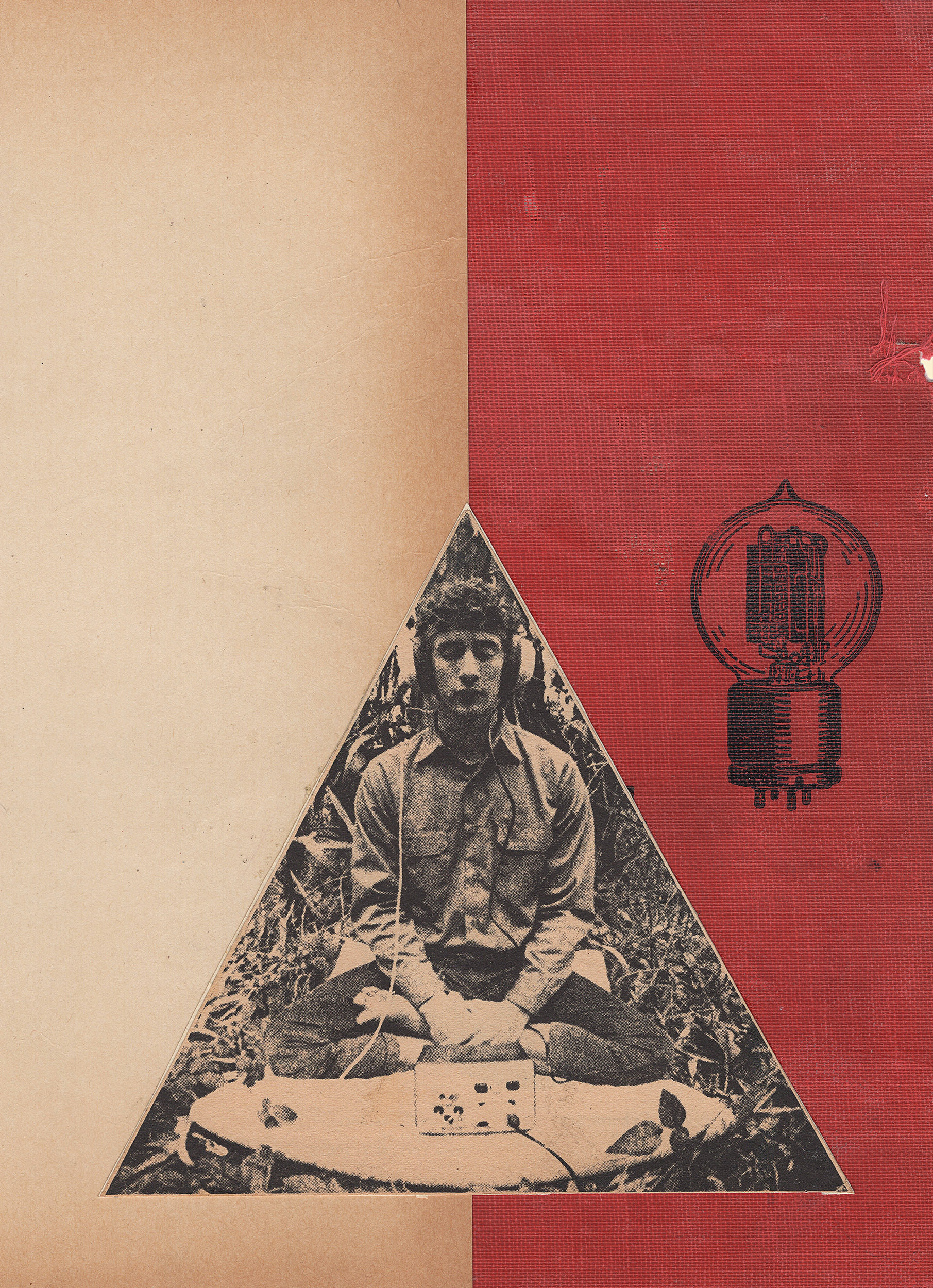Recently, I was looking for something completely different in a microphone with $1200 of stimulus money burning a hole in my pocket. So, when I discovered the Austrian Audio OC818 – a multi-pattern large diaphragm condenser microphone with dual XLR outputs – I was intrigued. After I learned the microphone was the brainchild of disenchanted AKG employees [Tape Op #131], I knew I had to get my hands on an OC818 and hear this for myself! Since I already own that other Austrian microphone (the old-school AKG C414 B-ULS), I could compare the two mics directly. Bonus!
When the box came from Vintage King, the first thing I noticed was how carefully it was packed. There’s a box within a box, within a box, within yet another box – it definitely arrived in safe condition. Accessories include a nice-looking mic stand attachable pop filter, a shock mount, a mic clip, an over-the-mic foam windscreen, the mini XLR adapter cable for the dual cardioid output (more on that later), and a metal carrying case.
I set up the OC818 and did some voiceover tests in every polar position – cardioid, hypercardioid, figure-8, and omni. All worked as expected, as did the high-pass filters (40, 80, and 160 Hz) and the pads (-10 and -20 dB). Then I got to the meat of the matter by running some tests with a Collings C10 acoustic guitar (like a Gibson L-00) and my vocals up against my aforementioned C414. I used two different preamps (RME Fireface 400 built-in pres and the Vintech Dual 72 preamps). Here’s what I heard: The AKG has a fuller low end, but the OC818 has a smoother, sparkly high end with decent low end and a spectacular low midrange sound. The Austrian Audio mic sounded good, but in a different way than my old AKG.
Bottom line: I preferred the AKG on my lower vocal range, but definitely preferred the OC818 and its hand made ceramic CKR12 capsule on acoustic guitar, especially when I applied the 40 Hz high-pass filter. This mic is geared toward a modern sound: Clear, bright (without being harsh), and a supreme choice for accurately capturing the source. However, with my vocals, I felt like the OC818 was capturing too much information. For singing, I prefer a filtered sound from a mic. Perhaps a better singer, particularly one with a higher vocal range, might love the sound they get, provided they love the sound they make.
There was another feature I was burning to audition on this mic. The OC818 comes with a mini XLR adapter cable that attaches to the rear of the mic for two-channel use: One channel from the normal XLR connection on the bottom of the mic, the other from the output on the rear using the adapter. It sounded stereo to me even though Austrian Audio never uses that word. I set up the dual output function, panned one channel hard left with the other hard right, then turned the mic sideways, facing me and my guitar. I recorded what I heard. Playback confirmed that I was going to keep the OC818 for sure! I’m all about two channels for acoustic guitars, and I usually record a left channel, then the right channel separately – this will save me a lot of time. Honestly, I probably won’t use any other polar pattern other than cardioid as long as I own this mic, but this cardioid dual output feature is what made me buy this version instead of Austrian Audio’s OC18 cardioid-only model. I was expecting the dual outputs to be a simple marketing ploy, but instead what I found was a function that I’ll use over and over again.
Regarding polar patterns: The optional OCR8 Bluetooth remote adapter, which Austrian Audio touts as the world’s first wireless control for professional microphones, in tandem with their free PolarPilot app (iOS and Android), can remotely control polar patterns, high-pass filters, and pads. Initially, I thought this functionality was odd and gimmicky, but with social distancing now a thing, it appears to be a visionary safety feature, with the added bonus of auditioning mic features and making decisions from the monitor position. Frankly, I don’t know why you’d do anything except choose the polar pattern, filters, and pads on the mic from the get-go, but maybe I like to keep it simple. Austrian Audio’s PolarDesigner plug-in allows for the customization of polar pattern responses across as many as five bands with even deeper tweaking functionality that allows you to design a source-specific microphone for any occasion. In truth, I only played with these briefly to see if I could get them to work (I could). If you own two OC818s, you can use the AmbiCreator plug-in to create an Ambisonic B-format signal.
My focus for this review was on the quality of the microphone I purchased – that’s why I bought the mic. Two concepts should be very clear: First, the OC818 (with its handmade ceramic capsule), is a very solid, substantial microphone worth every cent of the price I paid; and second, I enjoyed the dual output feature – a lot!




_disp_horizontal_bw.jpg)